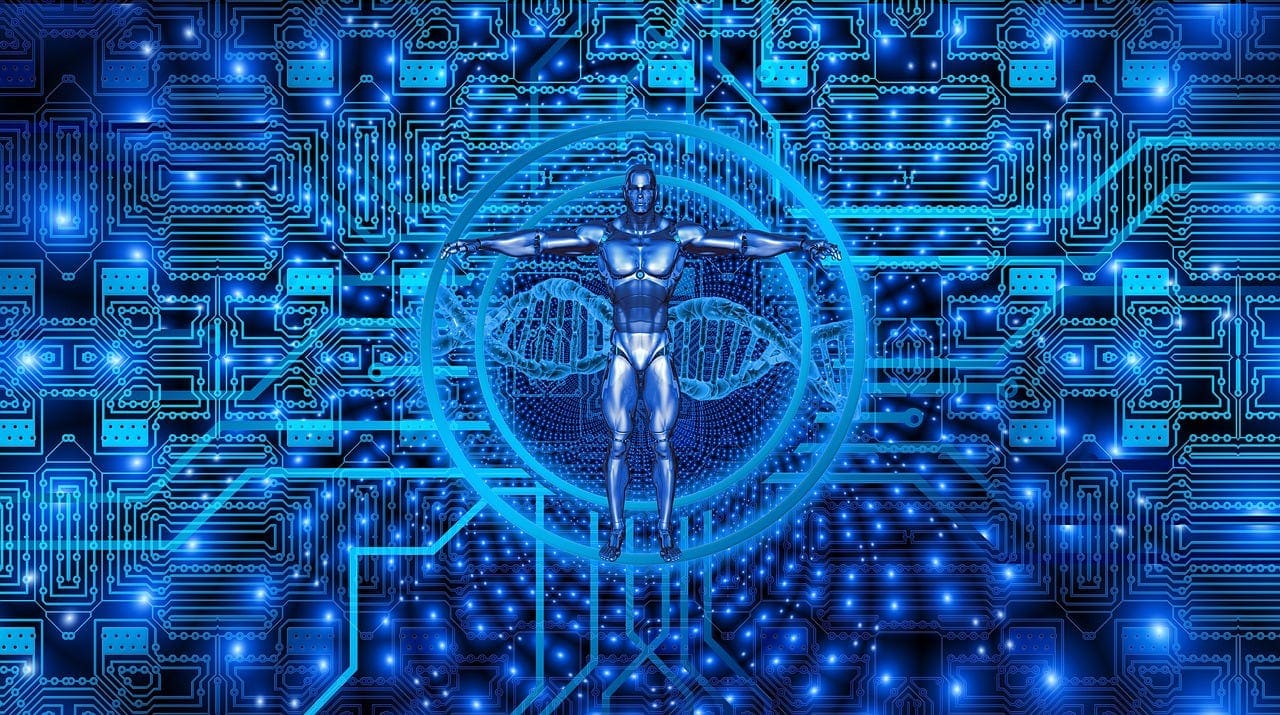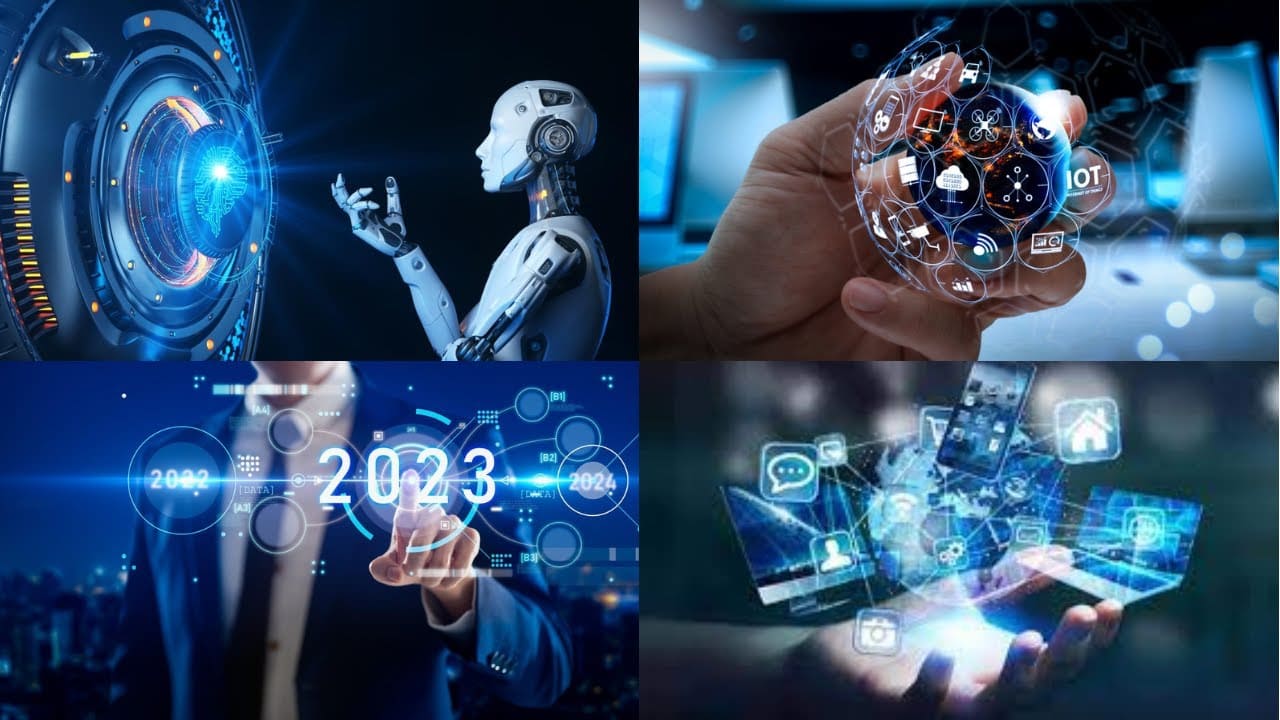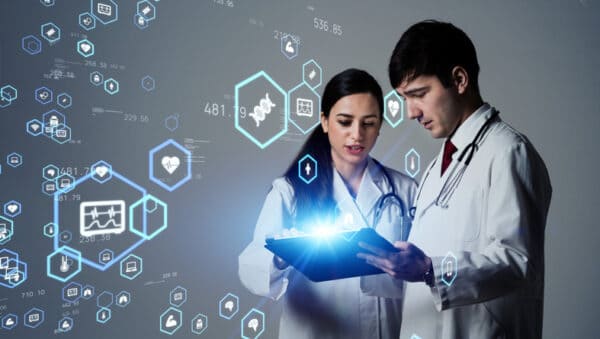From Sci-Fi to Reality: Mind-Blowing Technological Breakthroughs
Technology has a fascinating way of bringing the impossible into the realm of reality. What was once thought to be science fiction — the stuff of wild imagination — is now an integral part of our everyday lives. From artificial intelligence to space exploration, many of the concepts dreamt up by futurists, writers, and visionaries have materialized in ways that continue to boggle the mind. In this article, we will explore some of the most mind-blowing technological breakthroughs that have transitioned from science fiction to reality, reshaping the world as we know it.
Artificial intelligence, once considered a futuristic concept confined to books and movies, is now a mainstream technology driving industries, transforming businesses, and even impacting our daily lives. The AI imagined in films like 2001: A Space Odyssey or The Terminator has evolved into practical applications such as voice assistants, machine learning algorithms, and autonomous robots.
The development of machine learning and neural networks has enabled AI to mimic human intelligence, learning from experience and improving over time. Technologies such as natural language processing (NLP) are behind the voice of Siri, Alexa, and Google Assistant, allowing them to understand and respond to our requests. Meanwhile, deep learning algorithms power facial recognition, medical diagnoses, and even self-driving cars.
The vision of AI evolving to the level of human-like consciousness, as depicted in Blade Runner or Ex Machina, is still in its infancy, but the rapid progress in fields like robotics and cognitive computing suggests that the gap between human intelligence and machine intelligence may shrink faster than we anticipate.
Impact:
AI’s most significant impact has been felt in healthcare, finance, and manufacturing. In medicine, AI-driven algorithms can analyze scans, identify patterns, and diagnose diseases faster than human doctors. In the financial sector, AI is transforming how trading works, with automated systems executing trades with precision. The future holds even more groundbreaking potential for AI, including advanced human-machine interfaces and ethical dilemmas surrounding machine autonomy.
Virtual reality (VR) and augmented reality (AR) have long been staples of sci-fi worlds, where characters enter immersive digital environments or interact with augmented layers over the real world. Today, these technologies are part of the evolving landscape of entertainment, gaming, and even professional fields like education, healthcare, and military training.
VR, in particular, has allowed users to enter fully immersive worlds through devices like the Oculus Rift and PlayStation VR. What was once a speculative vision of the future, popularized by films like The Matrix, is now a reality, enabling users to explore virtual realms for entertainment, education, or professional purposes.
Augmented reality (AR), on the other hand, brings digital elements into the real world. Mobile apps like Pokémon GO have demonstrated AR’s potential by blending the virtual and real worlds seamlessly. AR has found practical applications in design, healthcare, and even navigation. Architects and engineers can use AR to visualize complex projects, while surgeons use AR tools for precision surgeries.
Impact:
VR and AR are transforming education and training. In schools, students can experience history or geography by “walking” through virtual ancient cities or exploring the depths of the ocean. In the healthcare industry, VR and AR are being used for physical rehabilitation and mental health treatments, such as exposure therapy for patients with phobias. As these technologies become more refined and accessible, their impact on everyday life will only continue to grow.
3D printing, a technology that allows users to create three-dimensional objects from digital files, has moved from science fiction to practical reality. Initially, 3D printing seemed like a concept far removed from everyday use — something you might expect to see in a futuristic sci-fi film like Star Trek. Yet, today, it’s revolutionizing industries, including healthcare, automotive, aerospace, and even fashion.
This technology has already been used to create everything from simple household items to highly intricate medical devices, prosthetics, and even entire houses. In the medical field, 3D printers have been employed to create custom prosthetic limbs, dental implants, and even bioprinted organs, which scientists hope will one day be suitable for human transplantation.
The possibilities of 3D printing are virtually limitless, offering a future where on-demand manufacturing of almost any product becomes a reality. Imagine being able to print anything from shoes to food in your own home!
Impact:
In industrial sectors, 3D printing has drastically reduced the costs and time involved in prototyping and manufacturing. In space exploration, NASA is developing 3D printing technologies for on-site production of tools and habitats on other planets. For consumers, the technology may soon revolutionize product customization and reduce supply chain dependence.
For decades, space exploration seemed like the ultimate science fiction fantasy. From moon landings to planetary colonies, films like 2001: A Space Odyssey, Star Wars, and Interstellar have portrayed space travel as a distant dream. But today, private space companies such as SpaceX, Blue Origin, and others are making space exploration a reality.
The successful launches of reusable rockets by SpaceX have dramatically reduced the cost of space travel, reigniting humanity’s quest to explore the cosmos. SpaceX’s mission to Mars, envisioned by Elon Musk, aims to establish human settlements on the Red Planet within the next few decades. NASA, too, is planning to return humans to the Moon as part of the Artemis mission and hopes to explore Mars in the near future.
Moreover, the concept of space tourism, once a fantasy reserved for the rich, is now a tangible possibility. Companies like Virgin Galactic and Blue Origin are working to make commercial space travel accessible to the public, offering suborbital flights to everyday people. This could mark the beginning of a new era of exploration, opening up the cosmos to more than just astronauts and billionaires.
Impact:
Space exploration has fostered numerous technological advancements, from satellite communications to GPS. Space tourism will likely drive innovation in propulsion systems, space habitats, and materials engineering. Beyond the obvious scientific benefits, space exploration may lead to humanity becoming a multi-planetary species.
Robots have been a staple of science fiction for decades, from Isaac Asimov’s robotic stories to the iconic droids of Star Wars. Today, robotics is a rapidly growing field, encompassing everything from industrial robots on factory floors to social robots like Sophia, the humanoid AI, which is capable of holding conversations and expressing emotions.
Robots are already performing tasks ranging from manufacturing to surgery. Boston Dynamics has pioneered robots capable of navigating challenging terrains, while robotic arms are a common sight in car manufacturing plants. Robots are also revolutionizing healthcare, assisting surgeons in performing delicate operations with precision that would be impossible for human hands.
In the home, robotic vacuum cleaners like Roomba have become commonplace. And in agriculture, robots are harvesting crops and tending to fields more efficiently than human laborers. We’re also on the brink of a future where robots may perform household chores, assist in eldercare, or even act as companions.
Impact:
The robotics revolution is creating new opportunities across industries. Autonomous robots are enhancing precision and efficiency in manufacturing and healthcare. Social robots may play a growing role in caregiving, and as robots become more intelligent and capable, we may see them enter our homes in ways we never expected.
Biotechnology has made strides once thought to be purely in the realm of science fiction. Genetic editing technologies like CRISPR have turned what was once the plot of dystopian novels into a reality. CRISPR allows scientists to edit DNA with unprecedented accuracy, opening up the possibility of curing genetic diseases, enhancing human abilities, or even modifying crops for food security.
Gene editing, cloning, and bioengineering are fundamentally changing the future of medicine, agriculture, and bioethics. In the near future, we may see genetically modified organisms (GMOs) designed to withstand climate change, human diseases being eradicated at the genetic level, and synthetic biology creating new forms of life.
Impact:
CRISPR and similar technologies are transforming medicine by offering potential cures for previously untreatable genetic disorders. The agricultural industry is benefiting from genetically modified crops that are resistant to pests and environmental stresses. But these advancements also come with ethical dilemmas surrounding genetic manipulation and the potential for “designer babies.”
Quantum computing, long a theoretical concept in the realm of advanced physics, is now moving from the lab into practical application. Unlike traditional computers that use bits as units of information (1s and 0s), quantum computers use quantum bits, or qubits, which can exist in multiple states simultaneously. This allows quantum computers to process vast amounts of data at speeds unimaginable by today’s standards.
Companies like IBM, Google, and Microsoft are leading the charge in developing quantum computers capable of solving problems beyond the reach of classical computers, such as modeling complex chemical reactions or cracking advanced cryptographic codes.
Impact:
Quantum computing has the potential to revolutionize fields like cryptography, pharmaceuticals, and material science. It promises to accelerate advances in machine learning, AI, and secure communications. However, this technology also raises concerns about security, as quantum computers may one day break current encryption methods, necessitating a rethink of digital security systems.
From artificial intelligence to quantum computing, the technological breakthroughs of the 21st century are truly mind-blowing. What was once confined to the pages of sci-fi novels or the screens of futuristic films has transitioned into reality, shaping the world in profound ways. As we look to the future, the pace of innovation shows no signs of slowing down. Technologies that seem like science fiction today may become tomorrow’s everyday reality











Post Comment